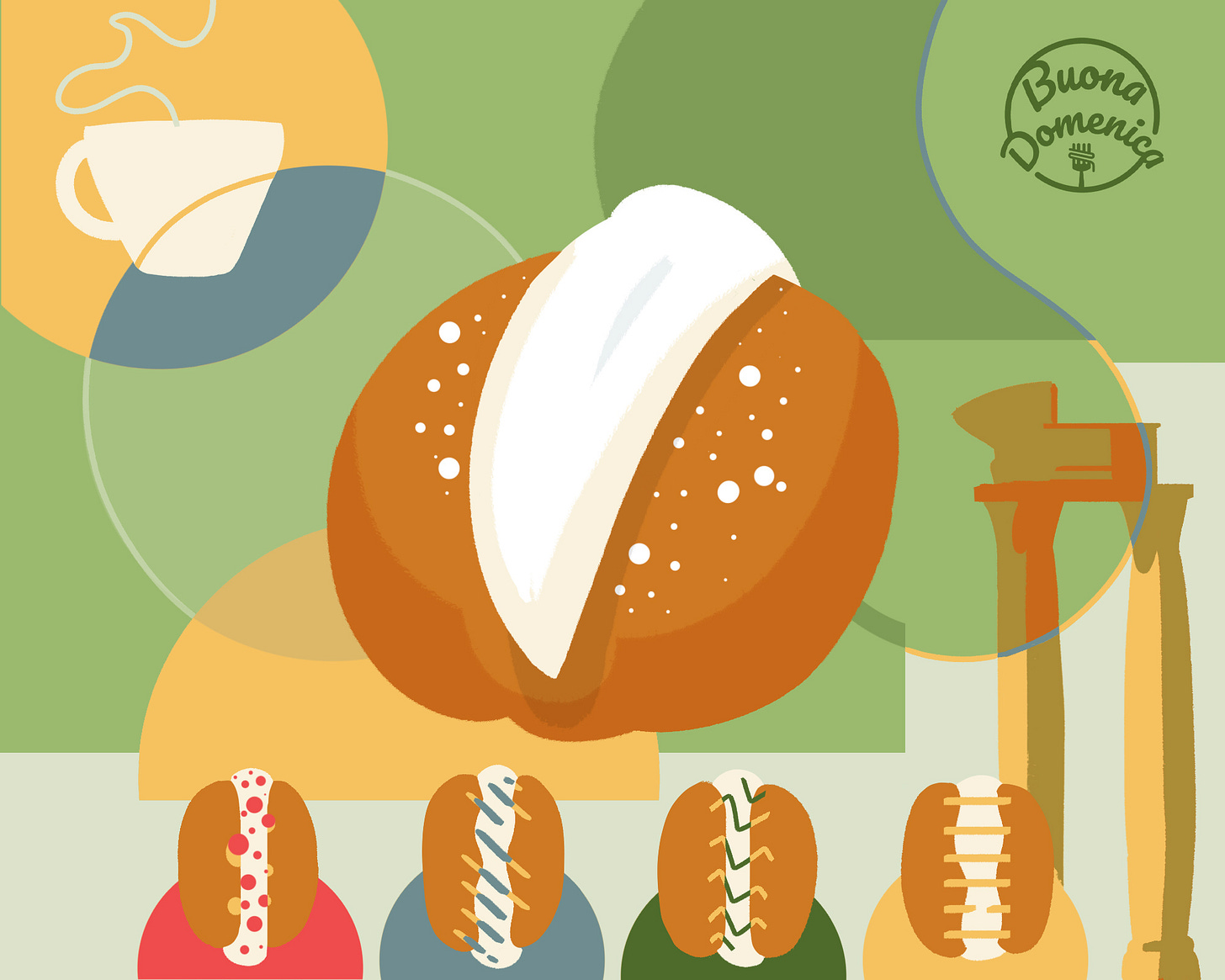
The month of June will always be maritozzo season for me. It was just around this time every year—the third week of June—that my mom, my sister and I arrived in Italy for the summer (our dad would join us in July). Most of our long, languorous (and, let’s face it, completely undeserved, at least on my part) vacation was spe…
Keep reading with a 7-day free trial
Subscribe to Buona Domenica to keep reading this post and get 7 days of free access to the full post archives.



